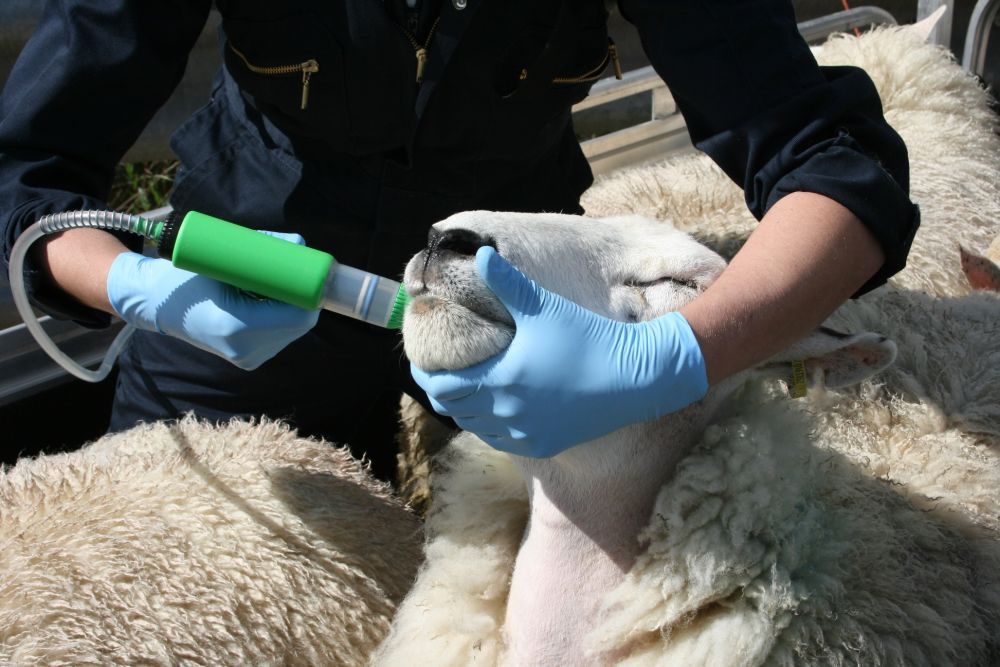
As the sheep parasite season continues, Merial Animal Health is reminding farmers of the benefits of adopting a planned approach to worm control that takes into account the unique parasite status of each farm.
The impact of uncontrolled parasite burdens is well recognised. When left unmanaged, gastrointestinal (gut) worm challenge of lambs can result in damaging sub-clinical parasite burdens which slow growth, increase finishing times and may lead to parasitic gastroenteritis (PGE) which causes scouring and can result in lamb losses.
“The increasing threat of wormer resistance is complicating sheep parasite management,” says Sioned Timothy, Veterinary Adviser for Merial Animal Health. “It is now more critical than ever for farmers to work with their vet or SQP to develop a strategy that achieves satisfactory parasite control to prevent clinical disease and reduce pasture contamination, whilst minimising selection for resistant parasites by adopting a best practice approach to treatment.”
The guidelines produced by SCOPS highlight the importance of identifying farm level risk factors, including the presence of resistant parasites, when developing a parasite control plan. Ms Timothy urges farmers to investigate the parasite status of their flock in order to minimise the impact of parasites and to allow them to make informed, effective treatment decisions.
“Unfortunately, there is no ‘one size fits all’ approach to parasite control in sheep,” she says.
“Optimal management of PGE can be difficult and farmers need a good knowledge of the different wormer groups for best results. Most importantly, they need to know what works on their farm so they can treat effectively and rotate wormer groups appropriately. Asking their vet or animal health adviser (SQP) for advice is a good place to start,” suggests Ms Timothy.
Good grazing practices that make the most of safe pasture, including new leys and aftermath, are the cornerstone of any control strategy. Minimising the parasite challenge posed to naïve animals will improve their productivity and reduce reliance on wormers.
Farmers should also take care that best practice is employed when dosing sheep and lambs with wormers, to ensure that the right product is given to the right animals, at the correct time, and in the correct way, to achieve maximum benefit from each treatment.
As the grazing season progresses, worm species such as Teledorsagia, the small brown stomach worm, may come to pose a threat. Even low and medium populations can suppress appetite in lambs, reduce growth rates and extend finishing times, whilst the higher challenge that lambs may face from mid-summer can result in PGE, with severe scouring and a risk of lamb losses.
The use of pooled faecal egg counts (FECs) from groups of susceptible animals is a vital tool to assess the need to drench.
FECs will provide an indication of the number of adult worms present, which can help identify whether a group of animals require treating. Performing a drench-check FEC after treatment can indicate how well the wormer has worked and flag up potential resistance issues that require further investigation. The interval between treatment and sample collection will vary depending on the group of wormer used.
Farmers should ask their vet or animal health adviser (SQP) for advice on how and when to carry out FEC tests.
A Group 3 drench such as ORAMEC®, which contains ivermectin, can be used to control and treat a wide range of clinically important gut worms of sheep. It has a six day meat withhold period and can be used in both lambs and adult sheep.
